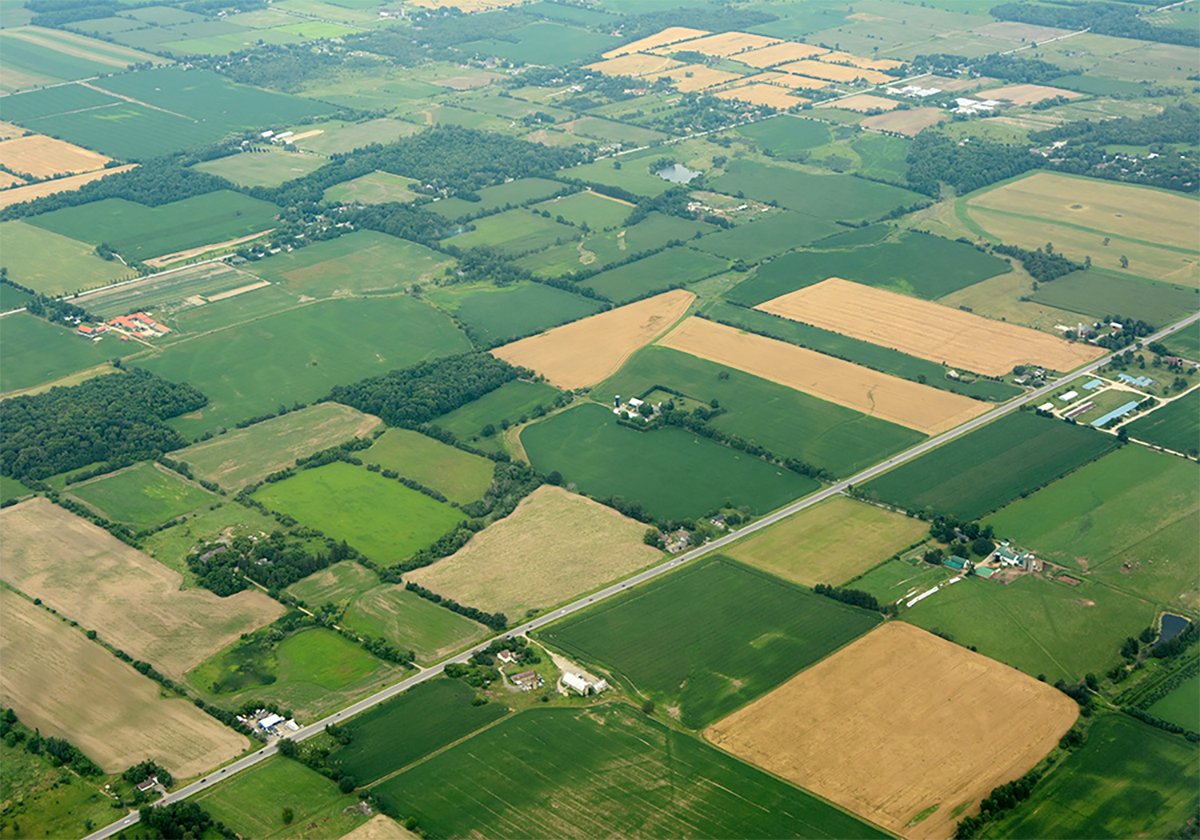Canada’s food processing industry is set to hit a record $4.3 billion in pre-tax profits in 2016, the Conference Board of Canada report says.
The strong profit growth is the result of an improved American economy, where Canadian processors send 70 percent of their goods.
The local food movement has also helped with strong interest in natural and nutritious foods among Canadian consumers, the Conference Board of Canada noted.
“Between 2011 and 2015, the number of new food and drink products launched containing the terms superfood, super fruit or super grain has more than tripled.” Demand for quinoa alone has increased by 27 percent.
Read Also

Higher farmland taxes for investors could solve two problems
The highest education and health care land tax would be for landlords, including investment companies, with no family ties to the land.
“Despite a sluggish Canadian economy, the outlook for Canada’s food manufacturing industry is sunny thanks to the increasing global appetite for Canadian products from the U.S. and other markets,” the Conference Board of Canada said.
Canada’s food processing industry is no stranger to this country’s economic fabric.
To many Canadians’ surprise, the sector is an economic heavyweight, outstripping the higher profile auto industry, with the latter often seen as the country’s leading manufacturing industry.
Food processing is Canada’s second largest manufacturing industry, accounting for 17 percent of total shipments of manufactured goods. It’s a major employer, with about 246,000 Canadians working in plants across the country each year.
According to Agriculture Canada, food manufacturing (excluding beverages) has maintained a positive trade balance since 1995 and stood at $2.6 billion in 2014.
With oil, natural gas and other resource industries struggling, Canada’s food processing industry is a bright light for the country in an otherwise difficult economic climate.
During the 2015 federal election, the Liberals promised to develop a $160 million value-added processing fund. The fund, which has yet to be distributed, would help food processors increase value-added processing.
With pre-budget consultations going on in Ottawa, requests for better value-added opportunities in Canadian food processing plants will continue, from industry and from MPs, many of whom represent ridings heavily dependent on the food industry for jobs.
Then there’s the labour issue.
At the Canadian Meat Council’s annual meeting in Ottawa Sept. 28, Agriculture Minister Lawrence MacAulay acknowledged that the sector struggles to find enough workers. He insisted the federal government remained committed to finding a solution.
The meat council says there are about 1,000 job openings in Canada’s meat plants at any given time, while at least one senior bureaucrat has admitted the meat processing industry is suffering from a ‘chronic’ labour shortage, which cuts into value-added production.
In a recent report from the standing committee on human resources, skills and development, MPs urged the federal government to find more ways for workers who want to stay in Canada to do so.
The report also recommends eliminating the controversial four-year-in, four-year-out rule for low-skill temporary foreign workers, many of whom work in agriculture.
It compels temporary workers who have worked in Canada for a cumulative total of four years to return to their home countries, where they must wait four years to be eligible to return to Canada for work.
The rule was put in place in 2011 by the Stephen Harper government to dissuade individuals from abusing the temporary foreign worker program.
The Liberals are expected to present an immigration plan later this autumn, which is expected to include changes to the beleaguered temporary foreign worker program.














